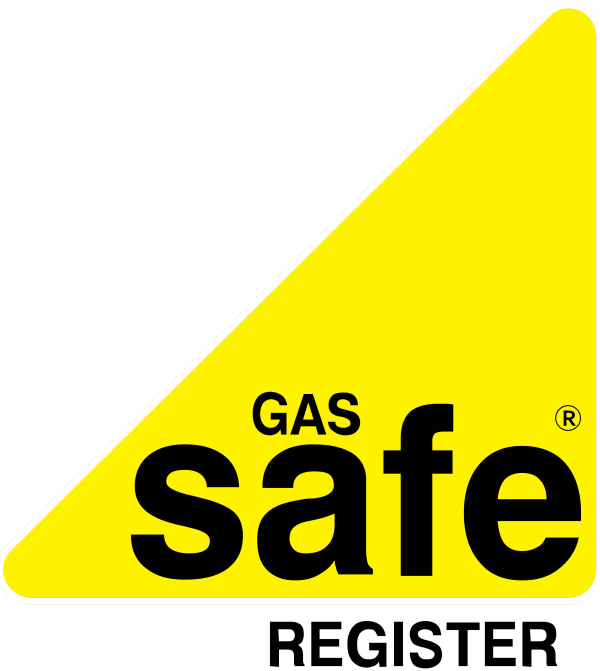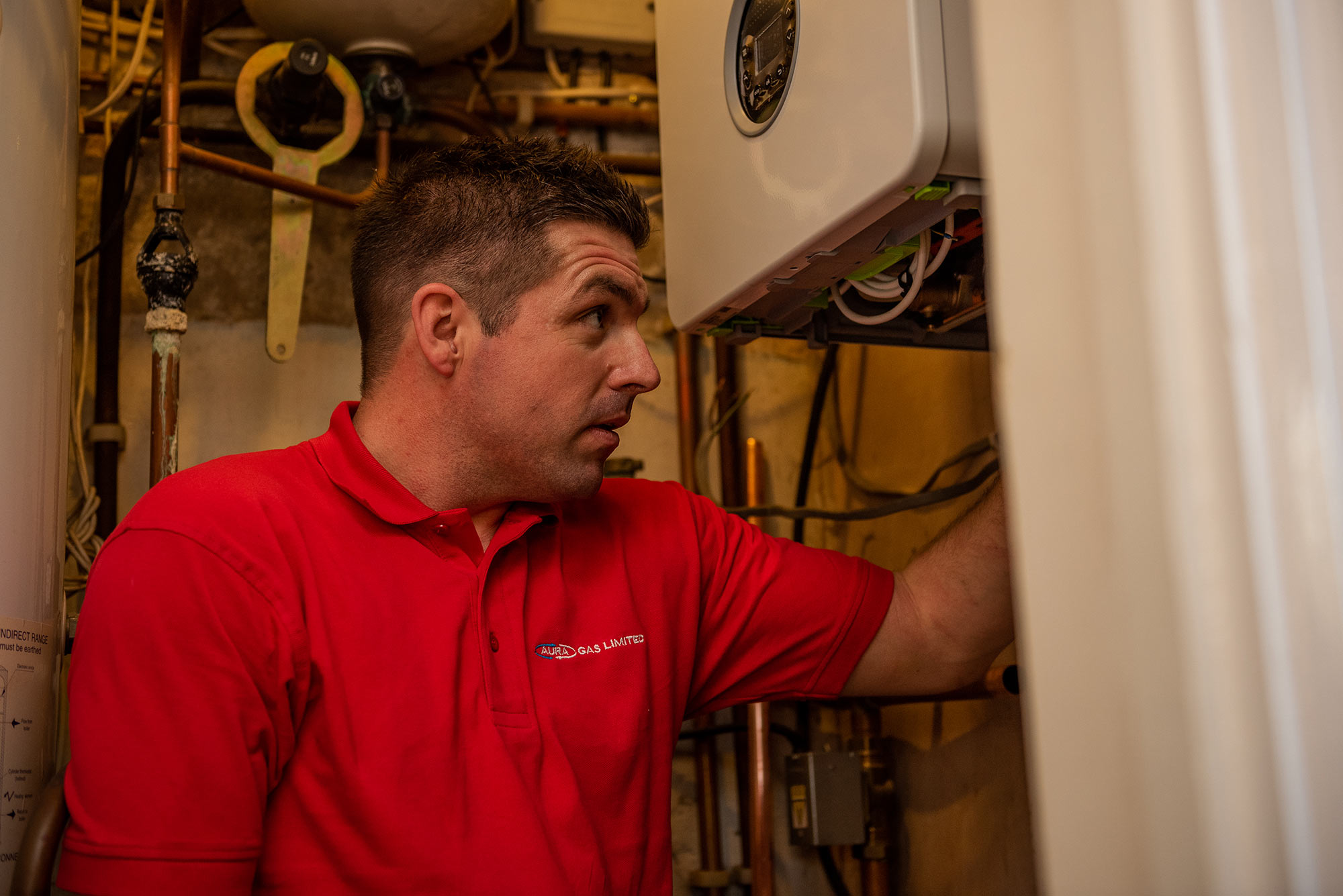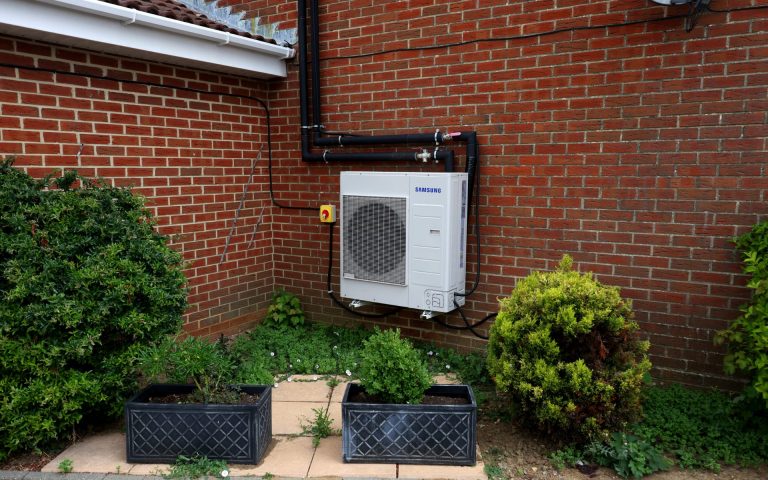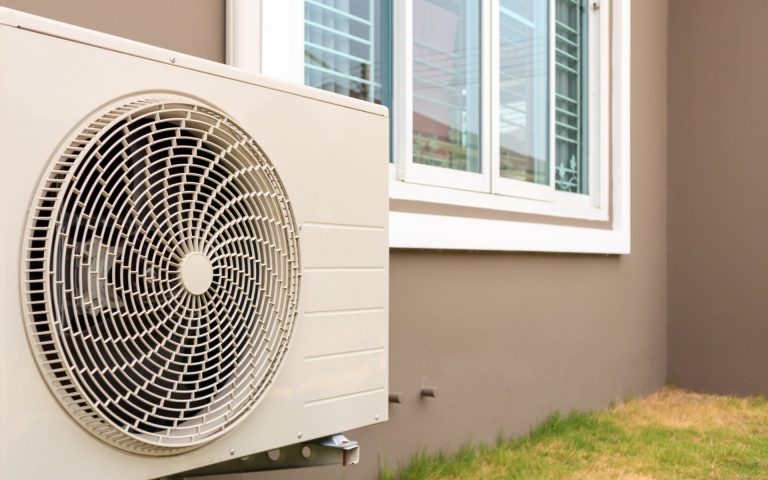One of the most common problems you’ll experience with your boiler is loss of boiler pressure. Thankfully, this is usually something you can identify yourself and sometimes even put right without having to call a professional heating engineer!
Here are the most likely boiler pressure problems you’ll come across, and how to resolve the issue.
What actually is boiler water pressure?
The water in your home flows around a circuit of pipes and radiators which is heated by your boiler. For the most efficient system, you need your water pressure to be steady.
To maintain your boiler pressure yourself, you will need your filling loop and know how to use it. It connects to your cold water mains pipe and allows you to fill up your heating system when needed.
What are the reasons for a drop in boiler pressure?
If you’ve got low boiler pressure, it will usually be down to one of two things.
A leak somewhere in your heating system
Low boiler pressure could signify a leak somewhere in your system. Even the smallest leak could cause a gradual drop in boiler pressure if it’s been left for a long time. Look out for damp patches, especially in the following places:
- Pipework
- Radiator valves
- Around the boiler itself
It’s very important to not attempt looking for leaks inside your boiler. Your boiler should only ever be opened by a Gas Safe engineer.
If you find a damp patch or signs of a leak then give one of our boiler experts a call. If you are finding that you’re needing to top up your water pressure on a regular basis then also call in a professional heating engineer to come and take a look.
Bleeding your radiators
Ask yourself if you’ve recently bled your radiators – This can also cause a loss of boiler pressure. The reason for bleeding a radiator is to release trapped air, which can cause a drop in pressure in the system if it needs a top up of water.
How do I check my boiler pressure?
Usually, on the front of your boiler, you’ll find a water pressure gauge. If you have a hydraulic pressure gauge, you’ll see low and high pressure signified by red sections on the dial. You may also have a red indicator needle that shows you the position at which it was set when your boiler was first installed. If you see a flashing pressure warning on a digital gauge it will indicate low or high pressure.
Most boilers will read a normal pressure of 1.5 bar. If your boiler pressure is reading less than 1 bar then it’s too low and may be indicative of losing water from the system. This water will need to be replaced via the filling loop, and any leaks in the system will need to be repaired.
If your boiler pressure is too high, with a gauge reading of 2.75 or above, then you can try bleeding your radiators to bring it down. If you are going to bleed your radiators, always turn your boiler and heating off and let the system cool down. It is dangerous to try and bleed radiators when the water is still hot in case some leaks out. Always have a bucket or towel to catch any water that escapes to prevent damage to flooring.
We do recommend that if your pressure is too high, you call a professional heating engineer to come and take a look. It may not be down to the radiators, and could be a fault inside the boiler itself in which case you will need a Gas Safe registered engineer to have a look.
My boiler pressure is low – Can I fix it myself?
If you are unsure about anything to do with your boiler, the first place to check is your manufacturer manual. All boilers are slightly different from each other, so boiler pressure systems may also differ. Check your manual to check what your ideal boiler pressure should be and whether you can attempt to fix it yourself safely.
If you have a drop-down panel on your boiler, then you may also find you have instructions on the inside of this. However, if you need any tools to open it then do not try to open it yourself and instead call a Gas Safe engineer.
Many boiler manufacturers also have a handy You Tube channel where you may find How-To videos about their specific brand boiler and how you can go about topping up the pressure.
Here at Aura Heating we also have a You Tube channel, full of helpful videos about all different brands of boiler – From controls to How-To videos.
How to re-pressurise a boiler
Re-pressurising a boiler basically means letting more water into your heating system. This water comes from your mains supply and is added to your heating system via the filling loop. You will either have a ‘built in’ filling loop or an ‘external’ one.
You will probably find that filling loops vary slightly between models but the general process for re-pressurising your boiler is as follows:
- Turn your boiler off and let your heating system completely cool.
- Locate the filling loop (it looks like a piece of flexible pipe with a valve at either end) and attach it, making sure that both ends are on securely.
- Open both the valves at either end of the filling loop. This will let the cold water from the mains into the system. You should be able to hear it.
- Check your pressure gauge on the boiler and wait until it reads 1.5 bar.
- When it has reached 1.5 bar, turn both the valves back off, one after the other.
- Turn your boiler back on. You may need to also reset it.
- Remove the filling loop by undoing both ends. Make sure to catch any water that might spill out. Put it away somewhere safe so you know where it is should you need it again.
When do I need to call a Gas Safe registered engineer for a boiler pressure issue?
As we always say, never carry out anything on your boiler if you’re not feeling confident.
If you have any doubts about what you need to do to re-pressurise your boiler, then call a Gas Safe heating engineer.
In addition, if you’ve followed the instructions in your user manual and tried to re-pressurise your boiler yourself, but are still experiencing problems with boiler pressure, then give one of our expert engineers a call. We will be able to come and diagnose the fault and get it fixed for you.
Get in touch
You can be connected to a friendly, local heating engineer across the South Coast – Give our responsive customer care team a call today.






